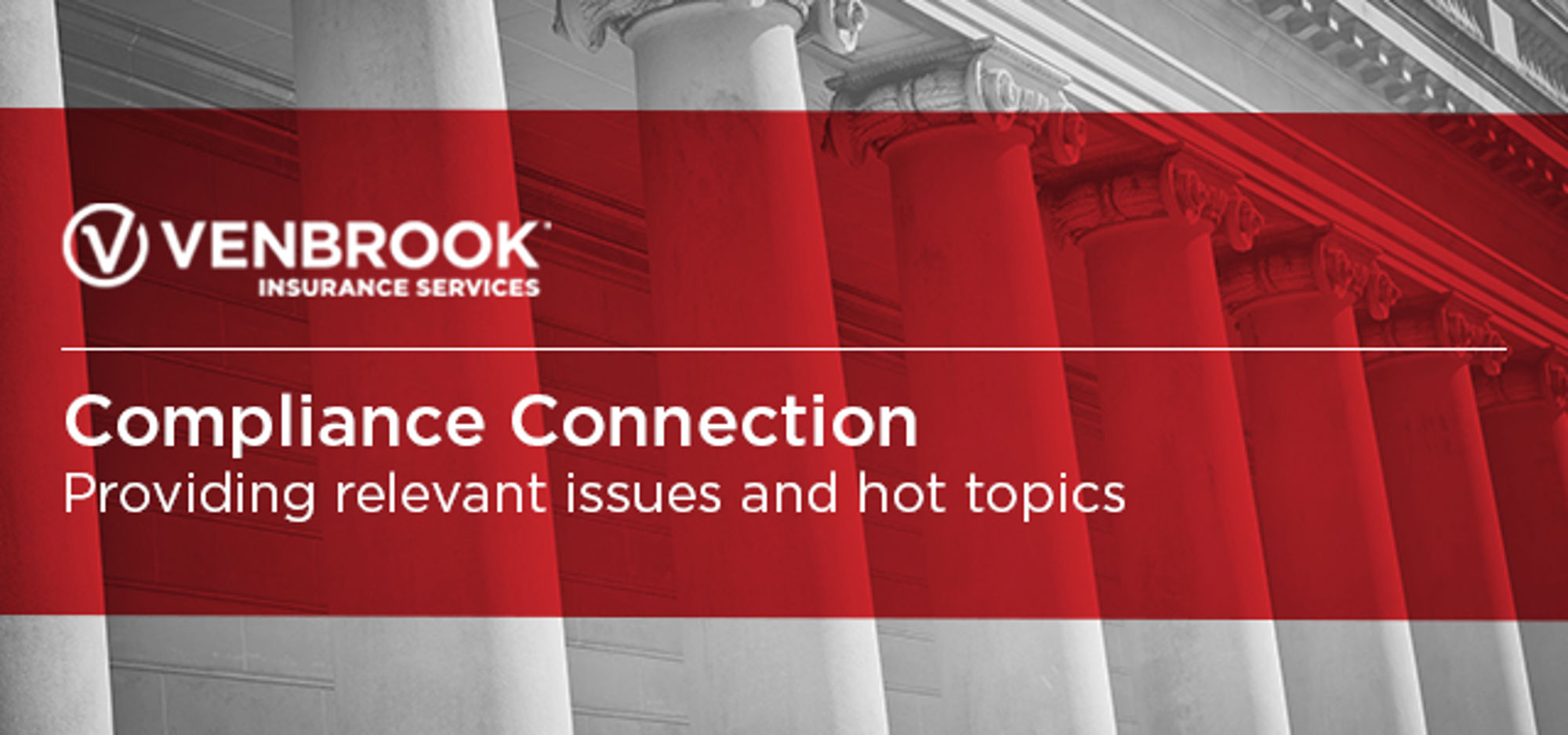As we shared last week, on November 4, 2021, the U.S. Occupational Safety and Health Administration (OSHA) published its long-awaited COVID-19 vaccination and testing emergency temporary standard for large employers. It generally mandates businesses with 100 or more employees to require that their employees be vaccinated against COVID-19 or wear masks and be tested for COVID-19 weekly. Then, this past weekend, the U.S. Court of Appeals for the 5th Circuit put an emergency and temporary halt on the new regulation. In addition to defending against the Court cases challenging the mandate, the Biden Administration has explicitly advised employers to proceed with their plans for implementing its requirements.
The legal issues surrounding the vaccine mandate will continue to play out in the courts over the coming days. In fact, many experts predict that the United States Supreme Court will ultimately decide the validity of the mandate. In the meantime, however, businesses subject to the vaccine mandate should ensure they are in a position to comply, should the mandate become effective. If the mandate is fully implemented, OSHA can cite and financially penalize employers for general non-compliance with all or specific aspects of this policy or cite employers for violations in particular instances. The penalty for an OSHA violation is $13,653 for each violation, and the penalty for a willful or repeated violation is $136,532 per violation.
If the emergency standard holds, affected employers will need to do the following by December 6, 2021:
- Establish an official vaccination policy. This policy needs to be in writing and include specified data elements. OSHA has issued a model policy to aid employers.
- Determine vaccination status of each employee, obtain acceptable proof of vaccination, and maintain records and a roster of employee vaccination status.
- Give each employee, in a language and at a literacy level the employee understands:
- The requirements of the new standard and the specific policies and procedures the company has adopted to implement the federal requirements.
- The CDC document “Key Things to Know About COVID-19 Vaccines.”
- Information about protection against retaliation and discrimination.
- Information about the criminal penalties for knowingly supplying false statements or documentation.
- Provide employees with four hours of paid leave to get their first and/or second vaccine doses.
- Require employees to promptly provide notice of positive COVID-19 test or COVID-19 diagnosis to the employer.
- Remove any employee who received positive COVID-19 test or COVID-19 diagnosis from the physical workplace (employees who test positive may continue to work remotely).
- Ensure employees who are not fully vaccinated wear face coverings when indoors or when occupying a vehicle with another person for work purposes.
- Report work-related COVID-19 fatalities to OSHA within 8 hours and work-related COVID-19 in-patient hospitalizations within 24 hours.
- Make certain vaccination-related records and policies available to employees, their representatives, and OSHA upon request.
Then, by January 4, 2022, employers will need to:
- Ensure employees who are not fully vaccinated are tested for COVID-19 at least weekly (if in the workplace at least once a week) or within 7 days before returning to work (if away from the workplace for a week or longer).
- Record each COVID-19 test result that each employee provides and keep the results of tests they have conducted.
Ultimately, every business needs to make its own compliance decisions about how to proceed with both the requirements themselves and implementation, taking into consideration their workforce’s specific needs and dynamics. However, as the emergency standard’s requirements are a floor, not a ceiling, there is nothing preventing an employer from implementing vaccination, testing, and masking requirements for their employees right now. Affected businesses may also choose to adopt more generous policies about giving people paid leave, paying for testing and face coverings, and granting additional sick leave for COVID cases and quarantines.
In any case, the compliance timelines outlined above are aggressive, and employers subject to the mandate need to be actively working to implement the required provisions in order to avoid being unable to comply with the stated deadlines if the Court upholds them.
























